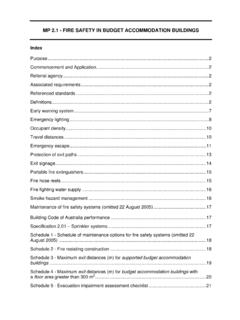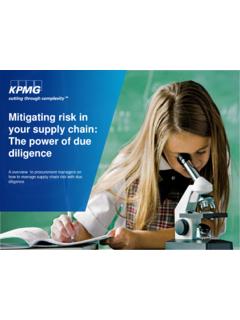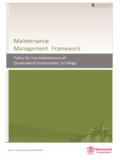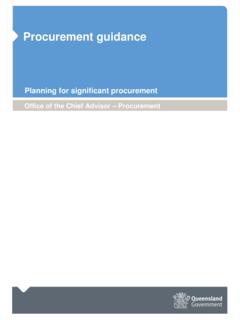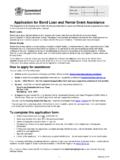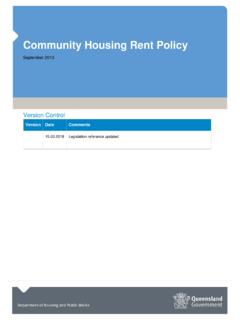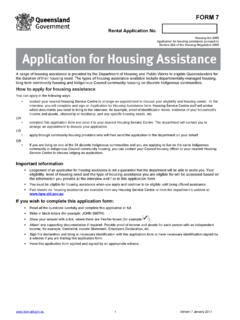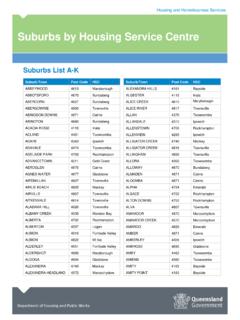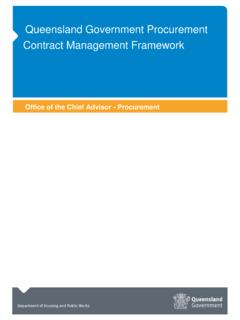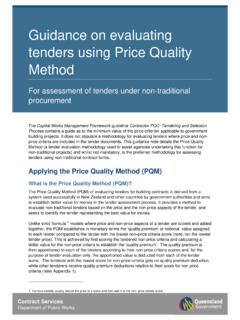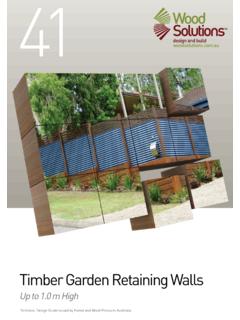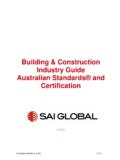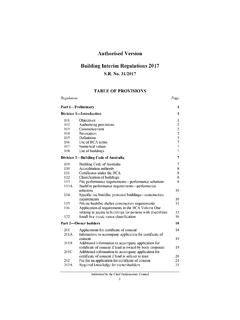Transcription of Protecting your home against bushfire attack
1 Protecting your home against bushfire attack Effective 1 November 2000 Protecting your home against bushfire attack 2 - Acknowledgements The following are acknowledged as source publications: building in bushfire - prone areas information and advice (SAA HB 36-1993) CSIRO/Standards Australia. Draft planning, building and maintenance in bushfire prone areas (Feb 1995) City Council of the Blue Mountains. Your country home (June 1990) Country Fire Authority, Victoria. building for bushfire Safety Country Fire Services, South Australia. Much appreciation is also expressed to the CSIRO and Standards Australia, who have provided a significant amount of information upon which this booklet is based. Protecting your home against bushfire attack 3 - Contents How does a bushfire attack ?
2 2 Burning debris 2 Radiant heat 2 Direct flame contact 3 Wind 3 Protecting buildings from attack 4 Correct siting of buildings 4 Creating barriers and buffer zones 5 Using the appropriate design.
3 Construction methods and materials for new residential buildings 5 Design 6 Construction methods and materials 7 Upgrading of existing residential buildings 8 Ongoing maintenance 8 Outdoor and yard maintenance 8 Vulnerable parts of buildings 9 Maintenance to reduce the risks 10 Routine preparation for the bushfire season 10 To find out more 12 Glossary 13 Please note a number of terms used throughout the document have been typed in bold.
4 Please refer to the glossary for explanation of these terms. Protecting your home against bushfire attack 4 - How does a bushfire attack ? Before we tell you about Protecting your home from bushfire attack , it may be useful to understand how attacks occur. There are four main ways: Burning debris A fire front may not reach your home. However, burning debris carried by strong winds may cause your home and property to catch fire. Wind may carry bits of burning vegetation and parts of buildings, as well as other flammable materials, such as particles of wood and fencing. These may set fire to your home or property. Because of the strong winds associated with bushfires, burning debris may travel long distances ahead of a fire front. Radiant heat Extreme heat levels radiating from a fire last only a few minutes.
5 However, this heat is sufficient to fracture glass and ignite materials both inside and outside a building . The intensity of heat depends largely on the amount and location of combustible items ( wood, grass, paper) or fuel around your property. Other influencing factors include: how much your land slopes, which affects the speed and intensity of the fire wind speed aspect or direction the building faces. Some aspects receive greater exposure to the drying effects of the sun. They may also be more exposed to dry winds or shielded from moist breezes. As a result, fires from certain directions are more severe because of the availability of dry fuel . Direct flame contact Direct flame contact occurs when flames actually touch a building .
6 As well as other factors, the intensity of flames depends on how many combustible items are located around your property and how close they are to buildings. Wind Strong winds usually accompany a bushfire and can intensify a bushfire . As mentioned previously, they carry burning debris. They can also damage a building by their force. The risk of damage is increased when strong winds make flames flatter or more horizontal in shape, reducing the distance from the fuel source to buildings. The force of a wind driving burning debris or creating suction may break windows or remove parts of the walls or roof. This assists burning debris to enter, which speeds up damage. Protecting your home against bushfire attack 5 - Protecting buildings from attack There is no one answer for Protecting buildings from bushfire attack .
7 Rather, a combination of methods is the best defence. These include: Correct siting of buildings The way a building is sited on land is a basic factor influencing survival. As the pattern of fires is very predictable, it is possible to determine the most favourable areas to maximise survival. For example: check data about previous fires in your district to determine the possible direction a fire would travel be aware most bushfires occur during dry conditions, particularly in times of hot temperatures and low humidity, and are often accompanied by strong winds. remember fires accelerate going uphill and decrease in speed travelling down hill. It is better to build your home and other buildings on the gentle down slope of a hill, away from the most likely direction of a fire front.
8 A flat site at the base of a slope is also preferable. A cut and fill arrangement (see above diagram) mid-way on a slope is another alternative. In this instance, the fire is more likely to pass over a building . The top of a hill is the most hazardous location. When thinking about buying an allotment, consider prevailing wind directions. As mentioned, an allotment on a gentle slope aspect or flat ground is preferable. Also, check with your local government office as to whether the allotment is in a designated bushfire prone area . A designated bushfire prone area is land declared by the local government as likely to be subject to bushfires. Contact your local rural fire district inspector, rural fire brigade or nearest Queensland fire and rescue authority station for more information (see also page 12).
9 Creating barriers and buffer zones You can slow down a bushfire by creating barriers and buffer zones around buildings. The barriers may include planting suitable trees, vegetation and building permanent barriers such as low stone or masonry walls. This procedure helps to protect buildings from possible attack by burning debris, heat radiation and direct flame contact. In between the barriers and buildings, a buffer zone can be created by reducing the number of combustible items ( trees) near buildings. This means that if burning debris passes through the barriers, there is minimal opportunity to create further outbreaks and it gives the occupants an opportunity to put out any spot fires that may occur within this zone. A buffer zone of at least 10 metres clear area around buildings is advisable (see below diagram).
10 In areas under extreme fire threat, a greater distance may be necessary. Protecting your home against bushfire attack 6 - Using the appropriate design, construction methods and materials for new residential buildings Under Queensland s current building legislation, any new residential building constructed in a designated bushfire prone area must be provided with protection in the event of a bushfire to reduce the risk of ignition by embers, direct flame contact and high levels of radiant heat. The appropriate design, construction methods and materials can greatly affect the chances of survival of any building in a bushfire . In this context, reference should be made to Australian Standard AS 3959 1999 (deemed to satisfy under the current legislation) which sets out the detailed requirements for the construction of buildings in bushfire prone areas .
